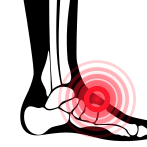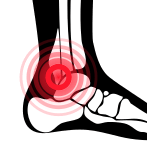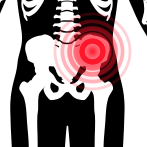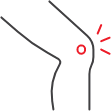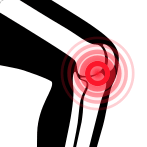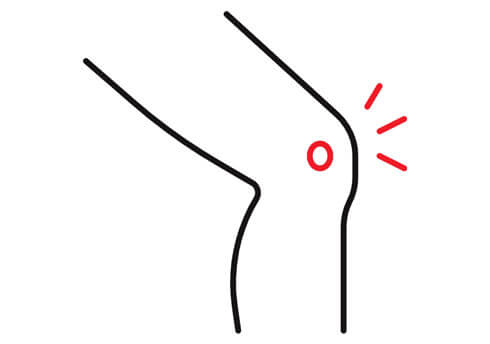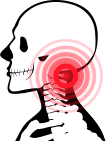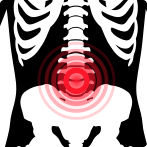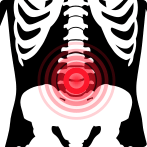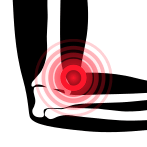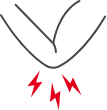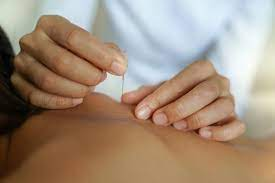Tendinopathy is an umbrella term used to describe the bulk of tendon-related injuries. Rotator cuff tendinopathy takes that and puts it in the rotator cuff (part of the shoulder) area. While tendinopathy is similar to tendonitis and tendinosis because all three have similar symptoms, they are different conditions.
Tendonitis is acute inflammation of the tendon and tendinosis is non-inflammatory degeneration of the tendon. Tendinopathy, on the other hand, results from the degeneration of the collagen protein that forms the tendon and may be accompanied by inflammation.
What is Rotator Cuff Tendinopathy?
First things first, let’s narrow down what we’re talking about. The rotator cuff is a group of 4 muscles and their tendons that covers the humeral head and controls arm rotation as well as elevation. Tendinopathy as it relates to the rotator cuff occurs when there are lots of tiny, little tears in one or more of these tendons.
Rotator cuff tendinopathy can result from both extrinsic and intrinsic causes, both of which we’ll get into below.
Extrinsic Causes of Rotator Cuff Tendinopathy
- Mechanical or postural issues. Scapular dyskinesis, when the scapula /shoulder blade is positioned irregularly, can cause repetitive strain on the area and lead to tendinopathy.
- Biology such as bone spurs.
- Anatomical or genetic causes.
Intrinsic Causes of Rotator Cuff Tendinopathy
- Age. Collagen loss is common with aging. Other age-related causes could be general overuse and wear and tear. overuse, general wear and tear
- Repetitive Overhead Motion. Sports activities like weightlifting, swimming, tennis, golf, baseball, football, volleyball, and even cheerleading put people at risk for rotator cuff tendinopathy.
- Excessive Overuse/Physical Labor Occupations. Shoulder disorders like rotator cuff tendinopathy are common in occupations that require heavy lifting, pushing, and pulling.
- Poor Posture.
Signs and Symptoms of Rotator Cuff Tendinopathy
The signs and symptoms of rotator cuff tendinopathy may mimic those of tendonitis or tendinosis. Some common symptoms of rotator cuff tendinopathy include, but are not limited to:
- Pain in the outer part of the upper arm. Note that the pain could be dull, acute, or gradually increasing.
- Pain in the front of and top of the shoulder
- Pain that worsens when you raise your hands above head/reach behind you
- Swelling/tenderness in the front of the shoulder
- A “clicking” sound when you raise arms over head
- Stiff shoulder joints
- Loss of strength/range of motion
How is Rotator Cuff Tendinopathy Diagnosed and Treated?
To diagnose rotator cuff tendinopathy, your physio team will be spending a lot of time getting to know you, your desired outcomes, your frustrations, your lifestyle. Our team will then conduct a comprehensive physical examination, test your strength, range of motion. Depending on what they find, they may also suggest an MRI to identify swelling or tears in the tendons. If you’re looking for options other than surgery, then seeing a physical therapist first, might be your best bet.
As for rotator cuff tendinopathy treatment, every case is different. Treatment usually starts by prioritizing active rest to keep the rest of your body in check. Using cutting edge modalities and skilled manual therapy can accelerate your healing and recovery. Chronic rotator cuff tendinopathy typically requires some time and patience before you start seeing and feeling the improvement.
Next Level Physio Physical Therapy for Rotator Cuff Tendinopathy
Next Level Physio is here to help treat your rotator cuff tendinopathy. We know what it’s like to be in pain and we know that the time for it to end is now. Our goal is simple: get you back to pain-free living without medication or surgery. In addition to shoulder pain, Next Level Physio also treats many other conditions including:
What kind of conditions do we treat? Here are just a few:
- Sports injuries
- Post-surgical rehab
- Fibromyalgia
- Knee and back pain
- Wrist and hand pain
- Ankle and foot pain
- Sciatica/back pain… and more
Depending on your chief complaint (ailment or condition), your diagnosis, and treatment options, some of the methods we use to assist patients are as follows:
- IASTM Technique
- Kinesio Taping
- Blood Flow Restriction Training
- Pediatric Physical Therapy
- Therapeutic Exercise
- Manual Therapy
- Electric Stimulation
- Cupping, and more
Click here> to schedule an appointment and a free consultation.
